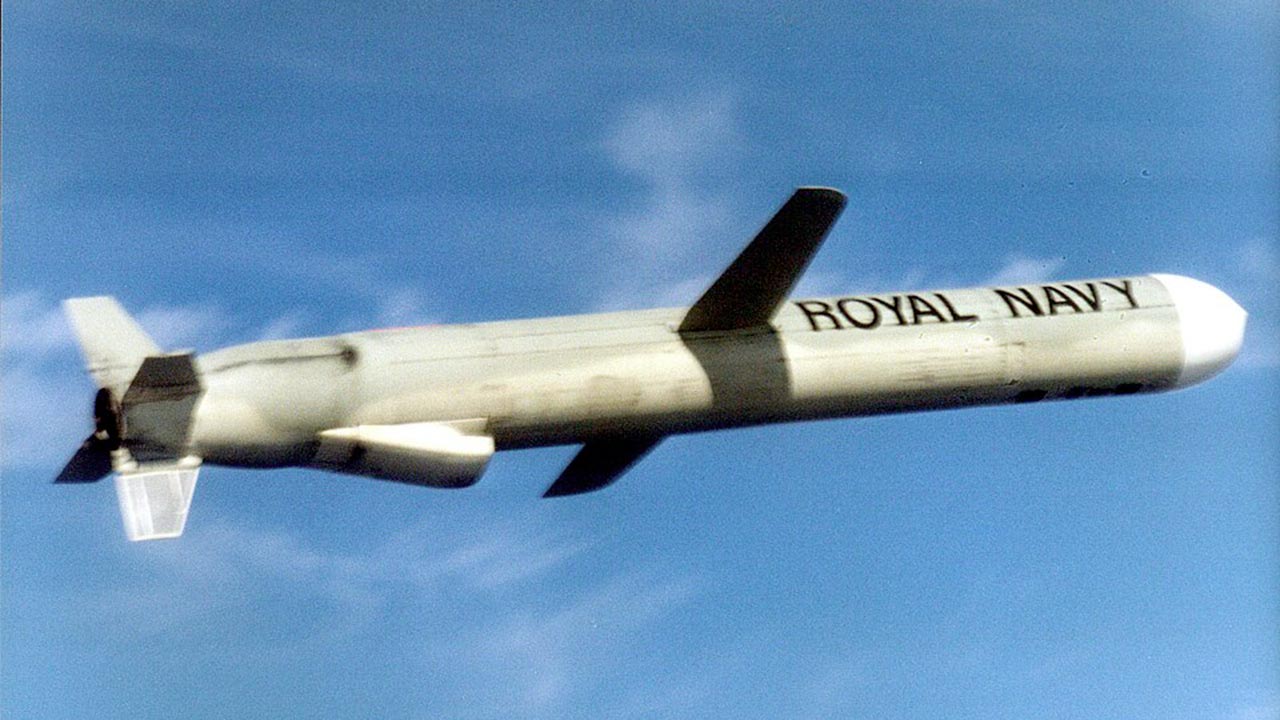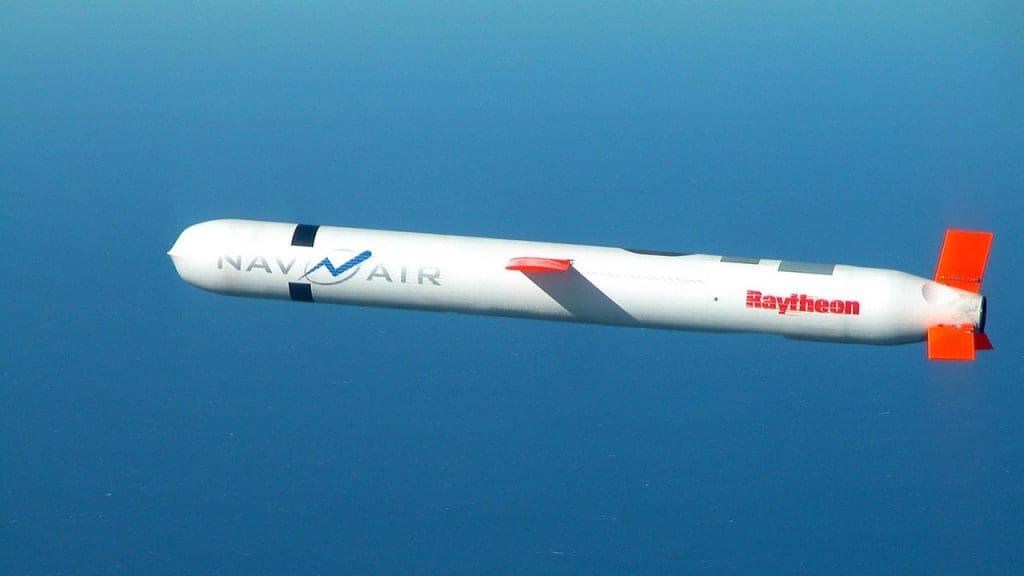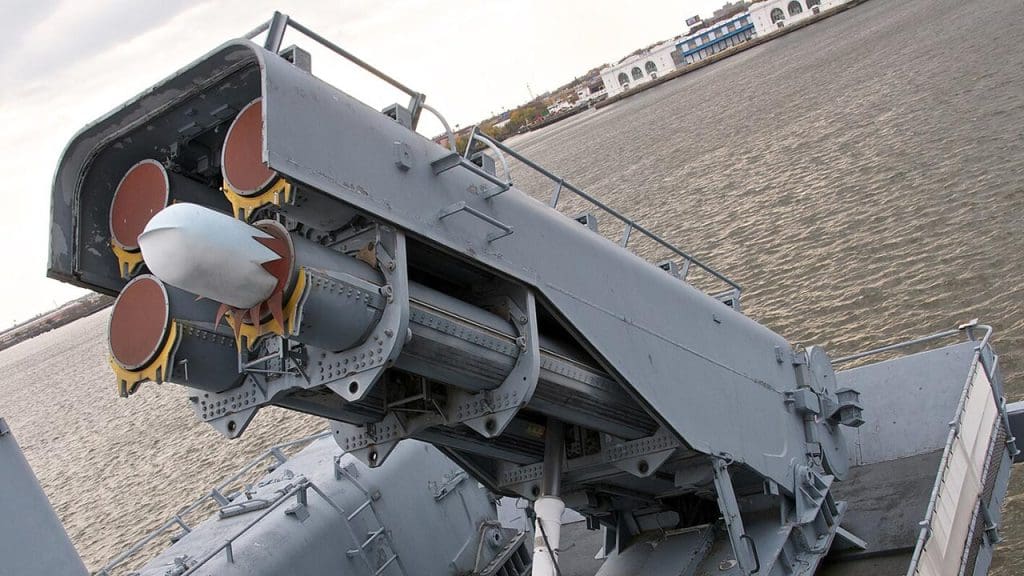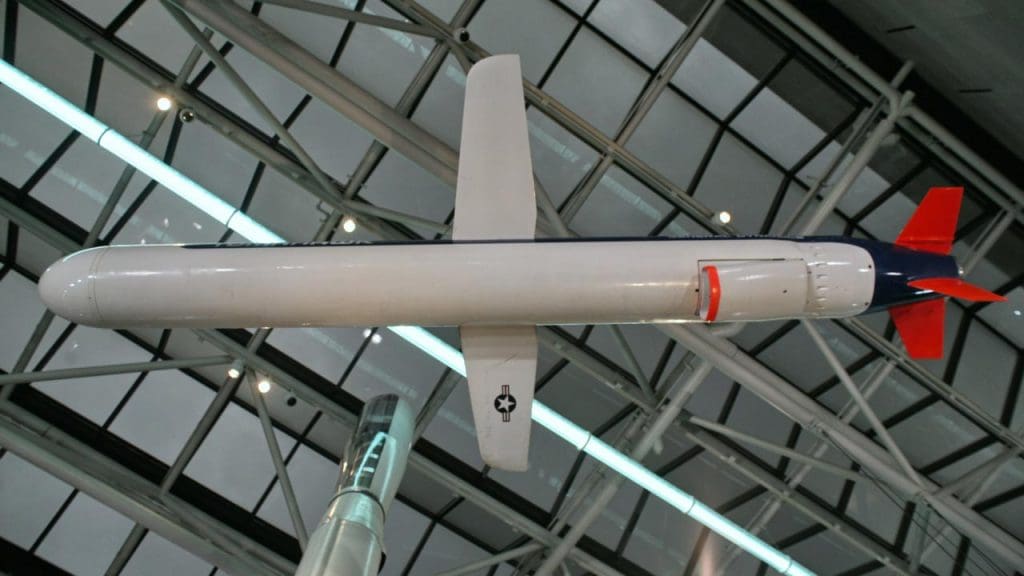
In the complex world of modern warfare, the Tomahawk cruise missile stands as a symbol of precision and technological prowess. Understanding the sophisticated electronics behind its operation reveals how this missile has become a cornerstone of military strategy, capable of navigating, adapting, and striking targets with remarkable accuracy.
The Evolution of Tomahawk Missile Technology

The Tomahawk cruise missile has a storied history, beginning its journey in the 1970s as a strategic response to evolving military needs. Initially conceived as a nuclear deterrent, the missile has undergone numerous upgrades that have expanded its capabilities far beyond its original scope. Key milestones in its development include the transition from a purely conventional system to one that integrates advanced guidance and electronic systems, making it a versatile tool in the modern military arsenal.
Electronics have played a transformative role in the evolution of the Tomahawk missile. The integration of sophisticated electronic components has enhanced its precision, allowing it to execute complex missions with unparalleled accuracy. These advancements have enabled the missile to adapt to various combat scenarios, underscoring the importance of electronic systems in modern warfare.
Navigation and Guidance Systems

The Terrain Contour Matching (TERCOM) system is a critical component of the Tomahawk’s guidance mechanism. This technology enables the missile to navigate by comparing its current terrain with pre-loaded digital maps, ensuring it can accurately follow a predetermined path. The electronic components within TERCOM play a vital role, processing terrain data and continuously adjusting the missile’s flight path to maintain precision.
In addition to TERCOM, the integration of the Global Positioning System (GPS) has further refined the Tomahawk’s navigational capabilities. By receiving satellite signals, the missile can determine its exact location, facilitating precise target engagement. However, GPS-guided navigation is not without its limitations, including vulnerabilities to jamming and signal interference, which necessitates the continued reliance on complementary systems like TERCOM.
Target Acquisition and Adaptability

The Digital Scene-Mapping Area Correlator (DSMAC) technology enhances the Tomahawk’s target acquisition capabilities, allowing it to identify and engage targets with high accuracy. DSMAC works by comparing real-time imagery with stored images of the target area, a process made possible by sophisticated electronic systems that handle vast amounts of visual data. This technology ensures that the missile can lock onto its target even in challenging conditions.
Real-time data processing is another key feature that enables the Tomahawk missile to adapt to dynamic environments. The missile’s electronic systems are capable of processing data rapidly, allowing for in-flight adjustments and decision-making. This adaptability is crucial in modern warfare, where conditions can change rapidly, and the ability to respond in real-time can determine the success of a mission.
Ethics and Implications of Advanced Missile Technology

The use of advanced missile technology like the Tomahawk raises important ethical considerations. As these weapons become more automated and precise, debates around their impact on warfare ethics intensify. Questions about accountability, the potential for collateral damage, and the moral implications of autonomous weapon systems are central to these discussions. The ethical implications of such technology continue to be a topic of intense debate among policymakers and ethicists.
Strategically, the Tomahawk missile plays a crucial role in modern military operations, offering a flexible and powerful option for precision strikes. As technology continues to advance, the future developments of these systems could further revolutionize warfare tactics. Speculation about the next wave of innovations includes enhanced autonomy and improved electronic warfare capabilities, which could redefine the battlefield landscape. For more insights into the strategic impact of these technologies, consider exploring related discussions.